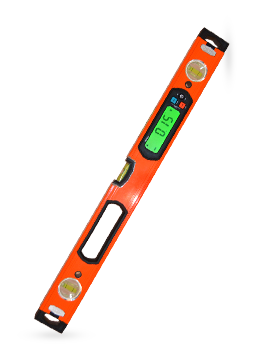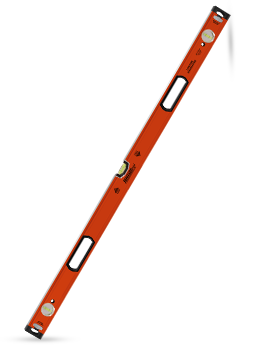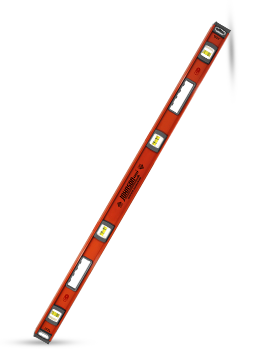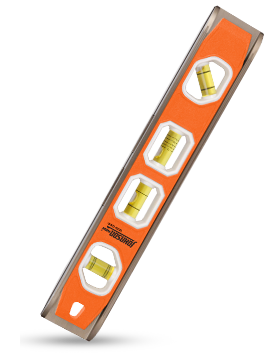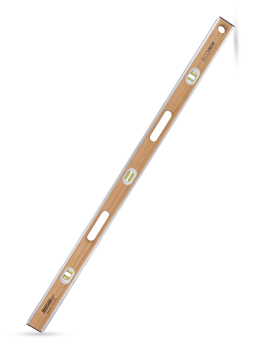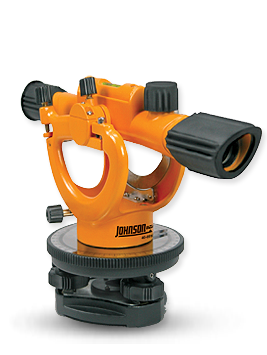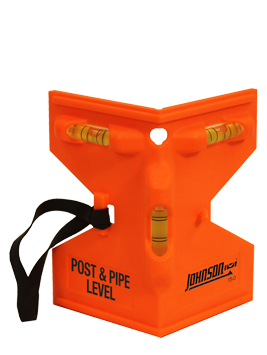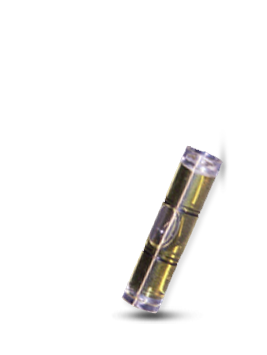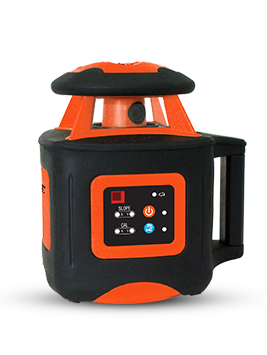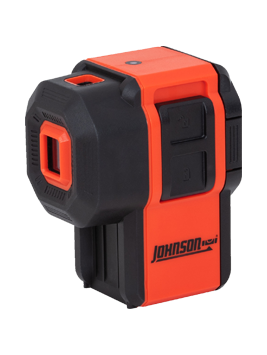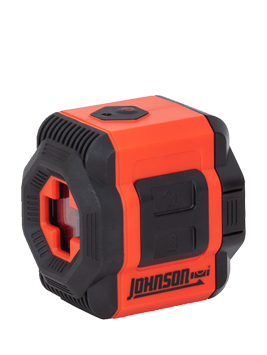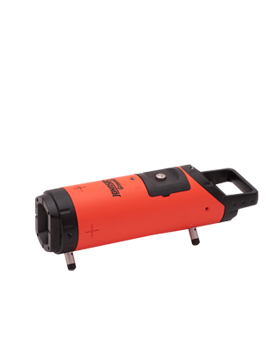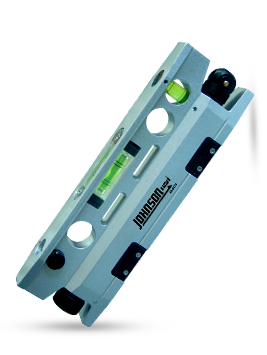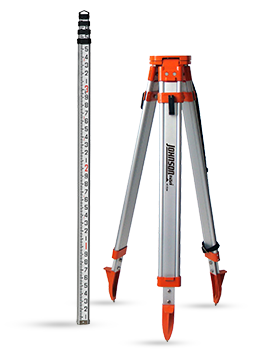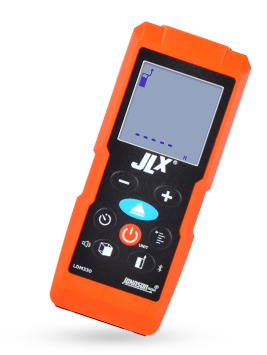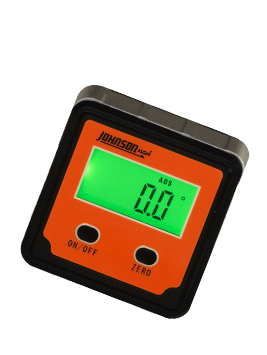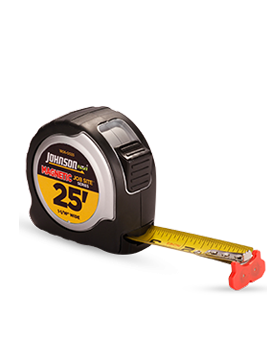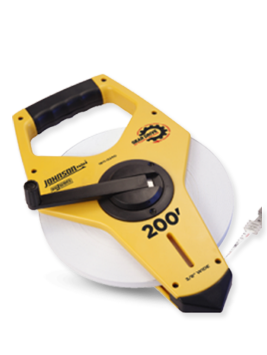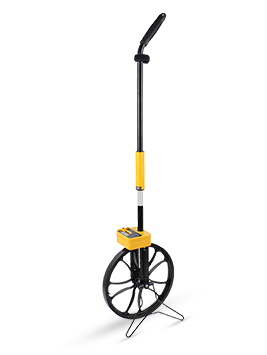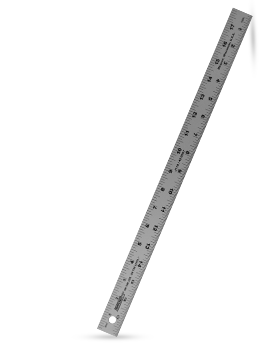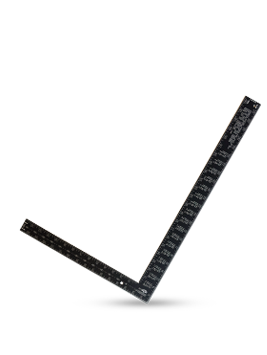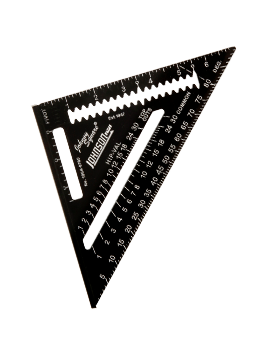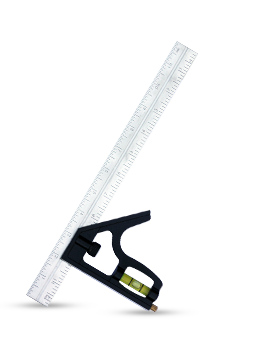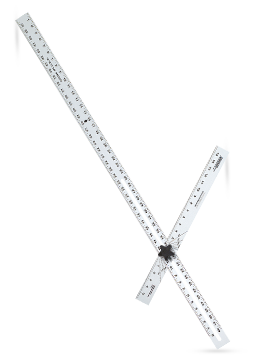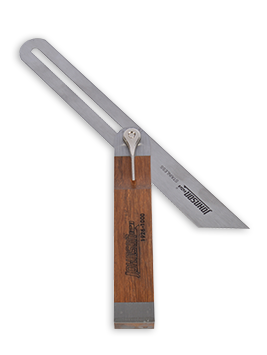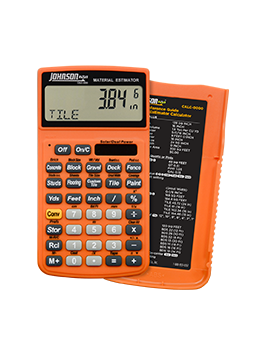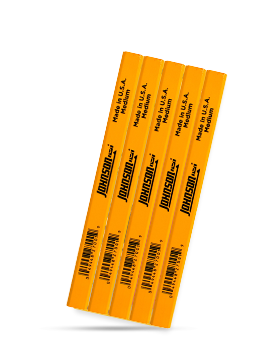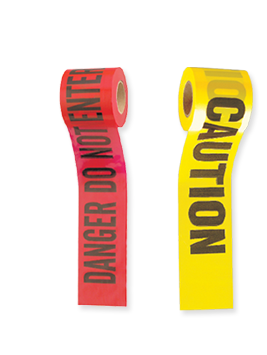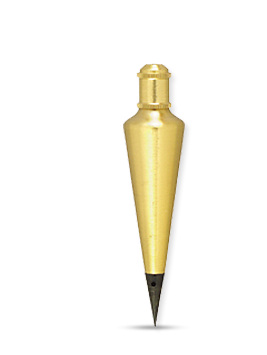Johnson Johnny Square® Professional Aluminum Rafter Square
Woodworkers may never cut a rafter but the favored carpenter tool for that job has many uses in the woodworking shop as well. In fact, I don’t think I have ever been in a woodworking shop that did not have at least two of these carpenter-style squares. The new Johnson 7" Johnny Square® (Model: RAS-1) takes that utility to a new level and lets you support the American worker in the process!
American Made
We will get into all of the features of the Johnson 7" Johnny Square® below but it is important to note that this tool is Made in America and according to literature from Johnson Level it directly supports 9 American jobs in the US plant where it is fabricated. OK, this won’t fix the trade deficit but it is a step in the right direction. If little steps like this work larger American job-making steps are sure to follow so this is a good place for us to put our money where our foreign-tool complaining mouths are.
The Basics
The Johnson 7" Johnny Square® is made from aluminum using precision casting process and CNC (computer numerically controlled) machined to insure dead-on accuracy. The cast-in graduations and numbering are cleanly done and very easy to read even at an angle. All of the markings are duplicated on the other side of the Johnson 7" Johnny Square®, something similar squares can’t always match. The surface has been given a super durable, glare reducing powder coat finish.
The Johnson 7" Johnny Square® has the double-sided flange-like over-hung edge that is precisely 90-degrees off of the 7”-long graduated straight edge that so many of us depend on for quickly marking a square cut. The body of the Johnson 7" Johnny Square® is about ¼”-thick and can be used as a guide for a jigsaw or circular saw to make hand-held cuts that are actually straight and square.
Angle Marking
The 90-degree corner has a half-round locator for a small nail to be used as a pivot for doing many angle layouts. You can also use the flange edges as a pivot. The body of the Johnson 7" Johnny Square® has degree markings for hips and valleys as well as a detailed scale that lets you accurately lay out any 0 to 90-degree angle.
There is a bunch of science in many of the roof angles so if you are not familiar with using them Johnson includes a full instruction manual that lays out those procedures. It also has tables that provide the numbers for most common tasks including detailed table for roof pitches from 1” to 24”! You can actually learn to do carpenter stuff with the Johnson 7" Johnny Square® its manual!
The body of the Johnson 7" Johnny Square® has a ¼-to 1” scale window and a special opening near the center of the body but you will have to see the video to find out what that is about.
There is an additional window in the body with jagged-looking edges that will interest virtually anyone who uses this tool. Those jagged-looking edges are actually precisely formed to function as a guide for a pencil when making scribe marks every 1/8” along a board or sheet. The scale along the top of the notches has quick reference marks at 3-1/2” and 5-1/2” that relate to ripping 2 X4 and 2 X 6 equivalent materials. I think that woodworkers will find even more opportunities for scribing with this feature.
In the Shop
I’d love to say that the Johnson 7" Johnny Square® is breakthrough technology that works way better than existing squares of similar design but it is in the end a square. I can say that the numbering and scales are very well done and are very easy to read. The aluminum material gives the square a solid feel that is nice during use in addition to the durability that far exceeds the plastic versions.
The angle features are nice and the straight edge does a good job of guiding a jigsaw or circular saw. Then there is that center opening but you have to see the video for that. Overall the Johnson 7" Johnny Square® is just a nice, easy to use tool that helps you be very accurate with common tasks in our shops and around the home when we put on our DIY hats. And remember the durability of the aluminum material as that extends the initial cost over a bunch of years if you don’t lose it.
